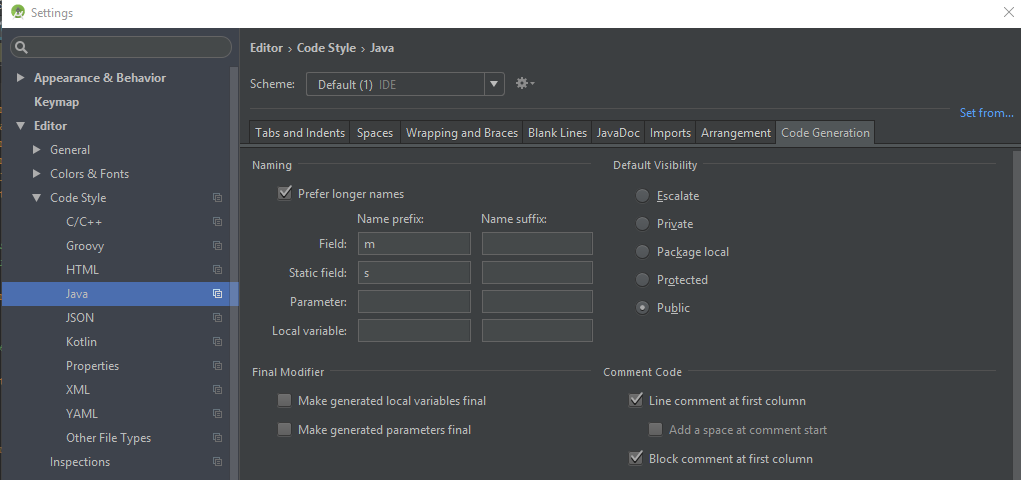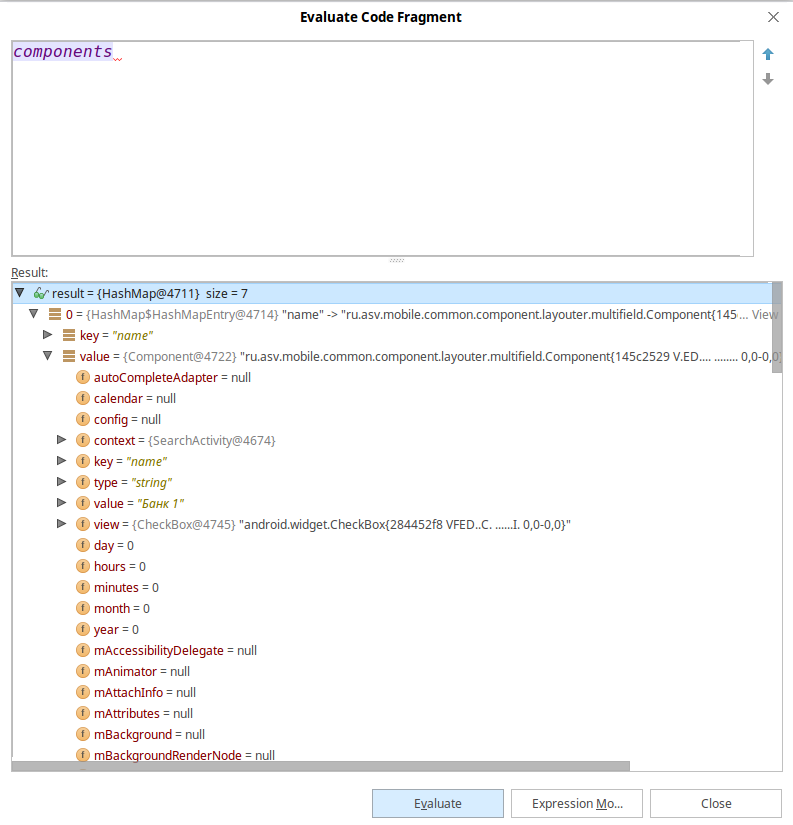As was mentioned earlier, it is styled for different variable. But also it is very useful for code-generation. If you press "Alt + Insert" you will get windows for most common code generations properties. If you want to generate "get" method for your variable you will get.
public class Foo{
private int bar;
public int getBar(){
return this.bar;
}
public void setBar(int bar){
this.bar = bar;
}
}
But if you declare "m, s" you will get:
public class Foo{
private int mBar;
public int getBar(){
return mBar;
}
public void setBar(int bar){
mBar = bar;
}
}
It will be automatically generated and "m" or "s" deleted from your constructor, get, set methods name.
After this "get"' and "set" for the field will be generated without "m". Andoroid Fle->Setting->Code Style->
Java->Code Genenretion. And make as on a picture.
Maybe it will help.
Sorry for my eng.
Configure android


